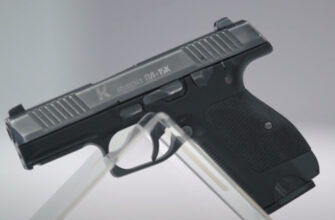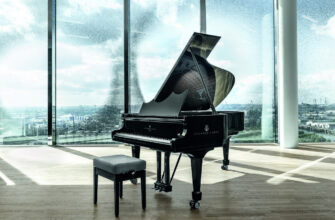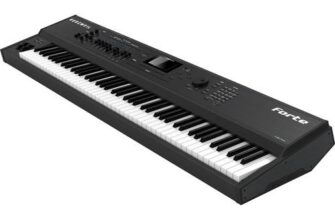Modern optical ones provide the ability to hunt at a distance of one kilometer or more, provide a clear and contrasting image in any conditions and allow a shot with numerous corrections, multiplying its accuracy. Of course, the above-described advantages become available to the hunter only when the choice of an optical sight is approached with full responsibility and the sights most suitable for a particular type of weapon and operating conditions are preferred.
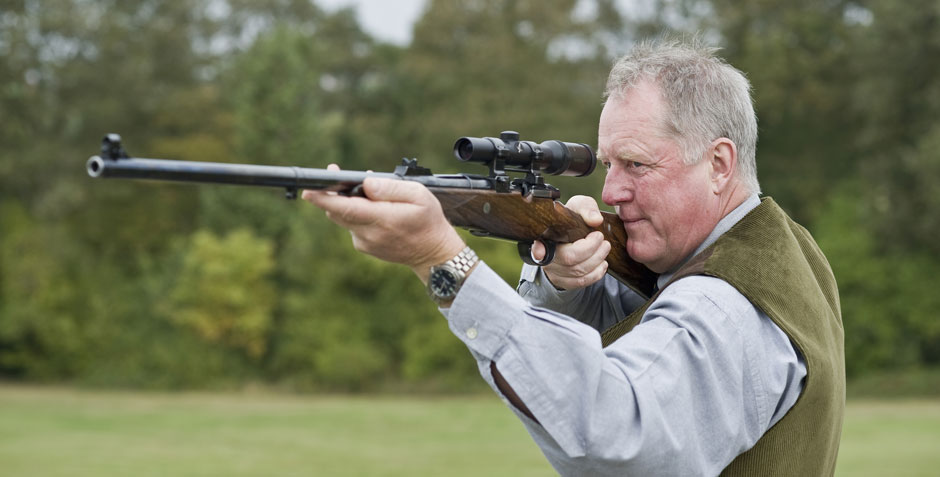
- Top manufacturers
- Types of sights and their principle of operation
- Constant Zoom Riflescopes
- disadvantages
- Pancratic scopes
- disadvantages
- Collimator sights
- disadvantages
- Night vision scopes
- disadvantages
- Selection options. What to look for when choosing an optical sight?
- Weight and dimensions of the sight
- Sight aperture
- The presence of a reticle
- Multiplicity of sight
- Parallax and detuning from it
- Sight selection video
Top manufacturers
Despite the fact that high-quality optical devices are currently produced by a great many manufacturers, not all of them have mastered the production of hunting scopes. Given the high manufacturability and complexity in production, preference should be given exclusively to proven brands that have been operating in this market for a long time:
-
Aimpoint
-
Burris
-
Leica
-
Zeiss
-
Vortex
-
Steiner
Before giving a choice in favor of a particular model, you should familiarize yourself with its characteristics, as well as with the functionality, having read the reviews and impressions of experienced hunters who have tried a particular device in real hunting conditions.
Types of sights and their principle of operation
Modern hunting sights are in many respects similar to other optical devices designed for observing the terrain – monocles, telescopes, binoculars. Their difference lies only in the purposeful orientation to perform an accurate shot and maximize the increase in this very accuracy. For this purpose, hunting scopes are equipped with numerous auxiliary devices that provide high-quality images even in difficult conditions, as well as allow you to correct for distance, wind and altitude if necessary.
Modern optical sights are usually divided into several main categories, differing in functionality and operating conditions.
Constant Zoom Riflescopes
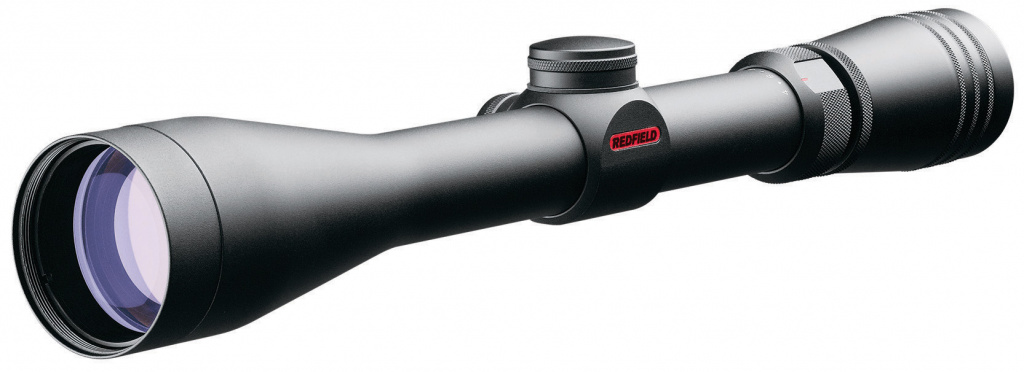
Classic models equipped with lenses with fixed optical parameters. Provide the possibility of a decent approximation in all operating conditions and provide a clear and contrasting picture regardless of operating conditions. They differ in a decent image angle and increased contrast, but both of these parameters decrease in proportion to the increase in the scope magnification. Equipped with a set of scopes of various magnification, the hunter gets the opportunity to hunt in any conditions.
Advantages
-
Compact dimensions;
-
A wide variety of models, differing in magnification up to 40-50x;
-
Wide image angle;
-
High contrast and clarity of the picture;
-
Unpretentious operation;
disadvantages
-
High quality road models;
-
There are no universal models, and therefore in the arsenal you have to keep several models of different multiplicity;
-
The viewing angle, brightness and contrast of the picture directly depend on the magnification of the sight;
Pancratic scopes
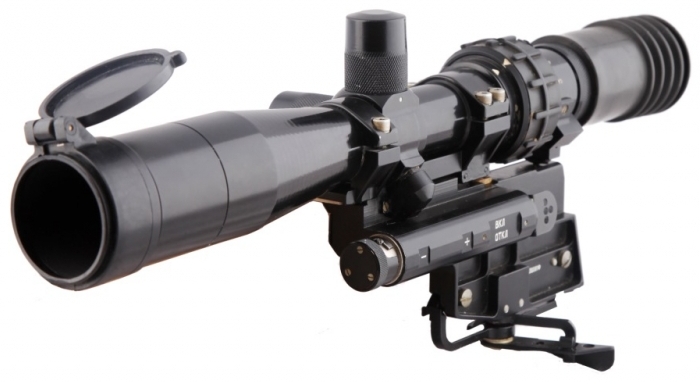
Devices of this class differ from the models described above by the ability to change the zoom ratio, which makes them, at least, more versatile and allows you to hunt in various conditions without having to change the sight. The multiplicity adjustment is carried out online and provides the ability to approach or move away from the target, without losing sight of it. The most advanced models have a measuring scale that allows you to measure the distance to the target and make the necessary adjustments when aiming.
Advantages
-
High functionality;
-
The presence of a distance scale that allows you to determine the exact distance to the target and make corrections before the shot;
-
Convenient and ergonomic adjustment;
-
The ability to change the magnification without taking your eyes off the target;
disadvantages
-
High price;
-
Technological complexity and the requirement for appropriate service;
Collimator sights

Combined optical devices, in which a special bright point acts as a target designator, located as if at infinity. Regardless of how the target is observed, the point will be located in the center of the sight and display the place of the bullet hit when fired. In order to ensure maximum accuracy when shooting, a special super-bright LED is used to draw a point, powered by a built-in battery.
Advantages
-
Compact dimensions;
-
Easy to adjust and configure various corrections;
-
Ease of use in any conditions;
-
Maximum accuracy;
disadvantages
-
High price;
-
Not suitable for all types of weapons and operating conditions;
-
They require careful and careful handling;
-
The minimum brightness due to the highlighting of the dot by the LED;
Night vision scopes

Special optical devices designed for operation in complete darkness. They are very popular among ambush hunters, waiting for a shot among which can last far more than one night. The principle of operation and design of such scopes very often resembles ordinary optical devices, but their main element is a special light filter, by activating which, the hunter gets a clear image even in complete darkness.
Advantages
-
The ability to hunt in complete darkness;
-
Sharp and clear picture at night;
disadvantages
-
They are afraid of a bright light source, they are suitable for use exclusively at night;
-
High price;
-
Complex design, characterized by whimsical service and maintenance;
Selection options. What to look for when choosing an optical sight?

All the variety of optical sights on sale is united by a general list of technical characteristics that should be taken into account when choosing one or another sight.
Weight and dimensions of the sight
This parameter plays a very important role, first of all, for those hunters who practice walking hunting and move around a lot with a gun. The fact is that the most functional sights can easily exceed the kilogram mark, delivering maximum discomfort and turning hunting from pleasure into torment. However, if the hunt occurs from an ambush, the weight of the scope fades into the background. The situation is similar with regards to the overall dimensions of the sight: the longer its length, the higher the discomfort during running hunting.
Sight aperture
Or the diameter of the lens. The more this parameter is, the higher the quality, contrast and detailed picture will be at the output. The reverse side of the coin may be an increase in the weight and overall dimensions of the device, which should also be borne in mind.
The presence of a reticle
This design element greatly simplifies the operation of the sight, regardless of its type. In most models, either a traditional crosshair is used (as a rule, we are talking about sights with a low magnification), or it is displayed as several scales on the reticle (called Mid Dot). The latter type of reticle is typical for scopes with high magnification, with its help you can easily calculate the distance to the target and determine the correction for distance and wind.
Multiplicity of sight
Shows how many times the scope is able to enlarge the original image relative to the current location of the hunter. Co-dependent values are the viewing angle and the overall brightness of the image – the greater the approximation, the smaller the angle and the lower the contrast. It is for this reason that sights with a magnification of the order of 20x-30x will not allow shooting offhand and require the use of special stops for aiming, and each sudden movement turns into a loss of the observation object from the line of sight.
Parallax and detuning from it
Indicates the visual deviation of the aiming point in relation to the scope itself. The higher this value, the more blurry the picture is, and therefore parallax detuning is simply called sharpness. The adjustment mechanism of this parameter allows you to adjust the clarity and contrast of the image regardless of the distance to the target. Moreover, many modern models, guided by the parallax offset value and performing clever counting algorithms, are able to measure the exact distance to the target and display it directly in the sight.
When choosing one or another type of sight, you must be guided by your own needs, as well as the type of weapon used and the conditions in which the hunt will take place. Consider both the above characteristics and the basic functionality. For example, battery-powered collimator sights can quickly become unusable due to low temperatures and dead power sources as a result. And the same night vision scope may be useless if the hunt takes place near a strong light source.
In the following articles, our experts will tell you how to choose a decoy for hunting and the secrets of choosing a pneumatic sight.
Sight selection video
Attention! This material is the subjective opinion of the authors of the project and is not a purchase guide.





